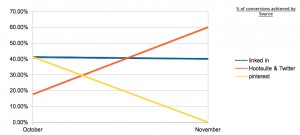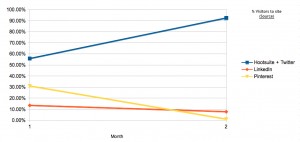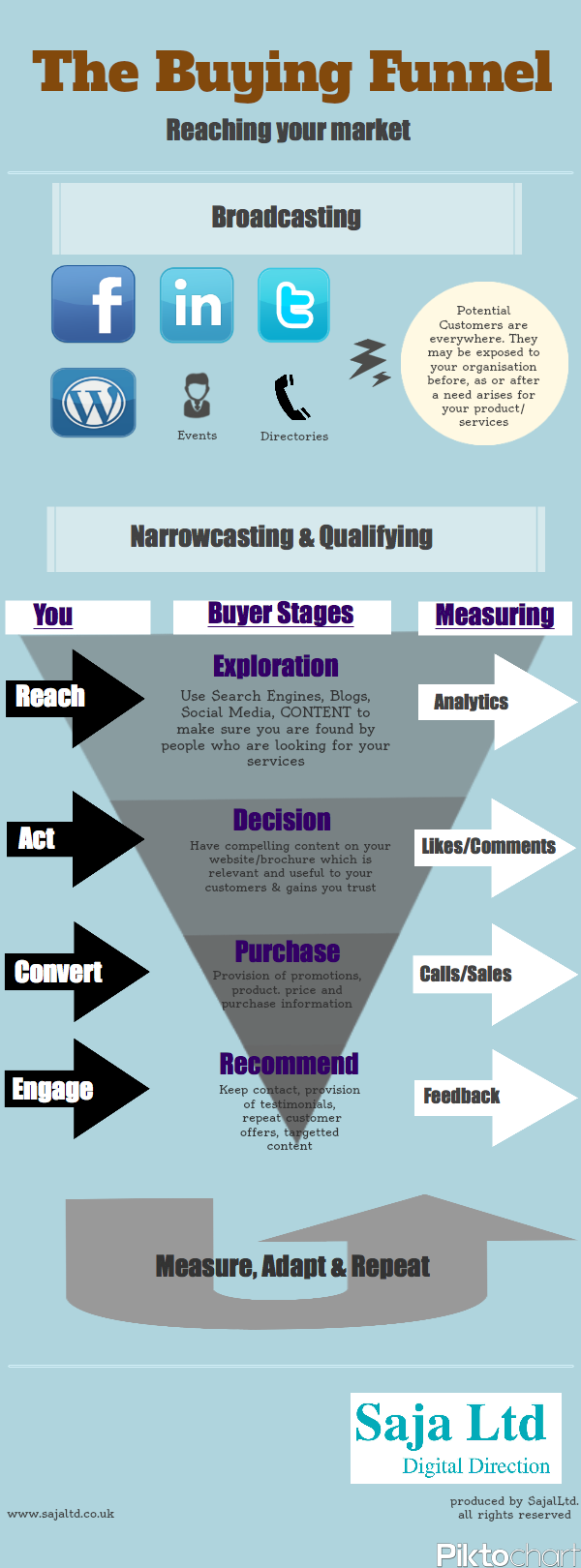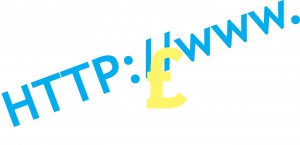A couple of months ago I went to an introduction to Pinterest session run by Creation Social Media which inspired me to create a Pinterest account. I blogged about it and promised to report back on the success of my trial. Obviously this trial has only been running for 2 months and is not that scientific in that my working patterns have made consistent posting rather difficult (!) and I have also been increasingly using Hootsuite to post to multiple social media locations which could affect the success of Linked In and Twitter. However I have seen some very interesting trends during this time and I wanted to share my thoughts.
Impression 1: A picture of success!
After setting up the Pinterest account I had a flourish of interest with my pins being repinned, a new visitor source on my site stats, and most interesting of all the duration of time spent on my site by Pinterest visitors was markedly more than my traditional sources of traffic (Google, Direct and Twitter). In fact my conversion measurements (duration and contacts) were very high from these original PInterest visitors. This was very much as had been predicted during the introduction session that I’d been to and I was pleasantly surprised as I didn’t think my largely ungraphical business model would lend itself well to marketing via a picture based site.
Impression 2: PInterest responded better when traffic pushed by Twittter?
 After this initial flurry of activity over the first couple of weeks traffic started to return to the usual patterns and it seemed, from the timing of visits and my tweets, that I would only see activity from PInterest if I pushed traffic to Pinterest via Twitter and they subsequently visited the site. I suspect that this is because much of the content I was adding to the PInterest was linked to my regular blogs and that this resulted in regular PInterest activity on my part being on a less frequent basis than the number of my tweets. However the other interesting stat I saw was that the engagement or visit duration of these visitors was dwindling and as they were mostly repeat visitors I suspect that this is because the ‘new’ factor had gone, they’d seen the main site content before and were just viewing the blog or had seen the blog elsewhere.
After this initial flurry of activity over the first couple of weeks traffic started to return to the usual patterns and it seemed, from the timing of visits and my tweets, that I would only see activity from PInterest if I pushed traffic to Pinterest via Twitter and they subsequently visited the site. I suspect that this is because much of the content I was adding to the PInterest was linked to my regular blogs and that this resulted in regular PInterest activity on my part being on a less frequent basis than the number of my tweets. However the other interesting stat I saw was that the engagement or visit duration of these visitors was dwindling and as they were mostly repeat visitors I suspect that this is because the ‘new’ factor had gone, they’d seen the main site content before and were just viewing the blog or had seen the blog elsewhere.
Finishing Figures: Fizz fizzled out.
 By the end of the two month period I have virtually no visitors from PInterest anymore compared to my other regular sources, and those that I am seeing are not sticking around or converting.
By the end of the two month period I have virtually no visitors from PInterest anymore compared to my other regular sources, and those that I am seeing are not sticking around or converting.
In all honesty as those who do follow me on PInterest will know I haven’t actively pushed PInterest for the past fortnight but the trend was very clearly moving this way and I don’t suspect it would have made much significant difference. In reality the initial interest generated by PInterest just wasn’t there anymore.
What does it all mean?
I don’t think you can judge PInterest on these stats. Apart from the inconsistent approach I’ve used, I have always been uncertain that my business was well suited to advertising through this model and I know other businesses have had more success with it. In reality my business is a service that I provide so people are more likely to look for me through Linked In or find me by recommendation or searching for my skillset. However there are some learnings I think I can make from what I’ve seen:
- PInterest was more successful when I backed it up with other Social Media tools such as Twitter and when it linked to blogs.
- Fun pictures were great at generating click through traffic but Infographics had a far better engagement level when the visitors reached the site (I believe they were better targetted to my audience)
- Repinning other pictures and sharing on PInterest increased my follower base but not necessarily in the right target market and didn’t seem to have a material impact on my overall website stats. However the figures I have are not really large enough to make a call on this for certain. I suspect it is like Twitter or Facebook, conversation and engaging with other users is important to build a community but only a percentage of that community may actually want to use your services regularly. The rest may be just browsing.
- PInterest like all Social Media tools is only good when you use it regularly, keep updates new, fresh and relevant, and have eye catching graphics.
Have you used PInterest for your business yet? What are your findings? I’d love to hear what you think.





